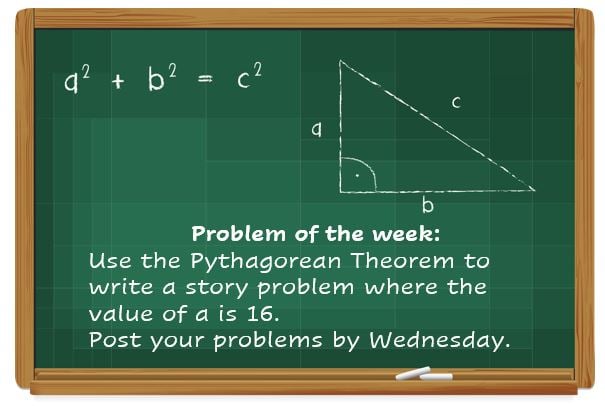
Math questions and story problems have the unique reputation of being the focus of many memes on how confusing they can be (Question: If you have 3 pencils and 6 oranges, how many waffles will fit in a car? Answer: Blue because ducks quack.). Now imagine a teacher repeating, reviewing, restating terms and solution steps so that students finally understand. A scheduled one-hour lesson can easily take half a day! Now imagine that scenario in a virtual environment. (I can already hear the crying…from teachers, students, and parents!) Thankfully, G Suite for Education has tools that can support math teaching and learning, while making the experience engaging, interactive, and successful.
First, let’s be clear about the difference between G Suite for Education and Google Classroom (a term that is more recognizable). G Suite is a collection of tools and features that can be used for instruction that includes Google Classroom, as well as Calendar, Docs, Forms, Hangouts, Sheets, Slides, and more. Google Classroom houses the different classes created. Within the classes, activities can be developed, assigned, and viewed. G Suite makes distance teaching and learning much more manageable and interactivity is built-in via the stream. Now, let’s get to the math!
For those who already use G Suite, many of the activities listed below will be familiar. It goes without saying that best practices are just that – best practices regardless of the subject. But, for those who may be struggling with math in a virtual environment, this list is just the tip of what can be done.
The Top 12
- Create different groups, or classes, according to learning needs. This helps with planning and providing activities tailored to the students in the groups.
- To address different learning abilities and needs, create a folder of intervention activities, lesson extensions, and extra practice. Students can self-select or activities can be teacher assigned.
- Post a “Problem of the Week” and have students upload their solutions. On Friday, post the solution and a few student examples of different approaches to the problem. These approaches can also serve as an intro to the next lesson.
- Make a resource folder that includes rubrics, exemplars, and student samples for the different types of activities students are expected to complete. Remind students to refer to this folder often when completing a task.
- Provide collaboration and interaction opportunities through commenting on posts and/or student-uploaded activities. To assist students with making positive and constructive feedback, give them feedback samples and starters.
- Use an equation app, such as Equation Editor and MathType, when creating original handouts, worksheets, and quizzes. Students can also be required to use an equation app when completing assignments.
- Ask students to insert images or screenshots of their work. These images can be shared with the class and/or annotate on the images and send back to the student with feedback.
- For each new concept or skill introduced, provide a separate document of video links to support student understanding. Provide videos that show at least three different ways to master the concept or skill – simple, intermediate, and advanced.
- For better integration of math learning and collaboration, try Slides. Small groups can “teach” a concept and skill, using images, drawings, and videos. Students can provide feedback and/or alternate strategies via commenting features.
- Using Forms, create an ‘exit ticket’ for students to complete after a lesson. This will quickly provide data on student understanding and needs for redirection.
- Forms can also be used for collecting data. Have students develop surveys and record responses that can be used for graphs or tables.
- Use Sheets to create spreadsheets for real-life math connections. For example, have students create a household budget or develop a budget for running a business.
Again, these are just 12 of many more ways to use G Suite tools and features for math instruction. You may soon discover that what works for subjects such as Language Arts and Social Studies can also work for Math. After all, best practices are best practices regardless of the subject. Explore and try out the different apps and tools available to find out what works best for you and your students.
If you’re still unsure about how G Suite for Education works, there are training programs that focus on the basics of Google Classroom. For instance, Boxlight-EOS has a Distance Teaching Webinar Series that can be viewed for free. The intent is to help teachers get started and feel comfortable as they manage distance teaching and learning. To move beyond the basics, Boxlight-EOS has developed a Platform Essentials Course. For more information on what Boxlight-EOS has to offer, click the link: Distance and Blended Learning Courses.


